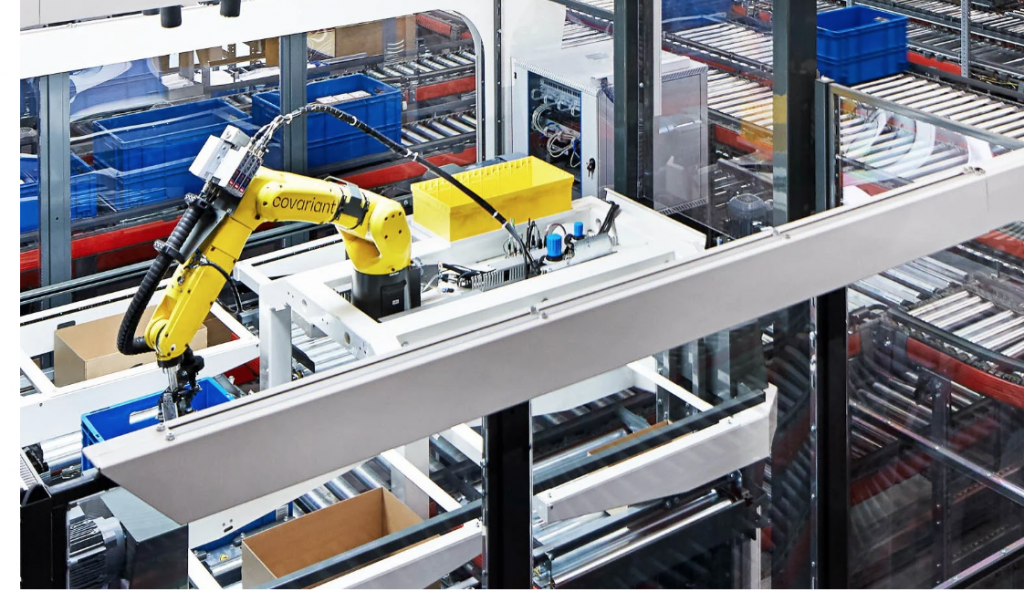
Covariant’s robot arms can pick up and sort items of different shapes and sizes. (Source: Magnus Pettersson of Covariant)
Covariant Repurposes Robots through Reinforcement Learning
Robots have long been programmed to help weld things on auto manufacturing assembly lines. The work is repetitive and robots are reliable workers. But what if manufacturers need to retrain their expensive team of robots to do other tasks?
A start-up called Covariant thinks it found a way to do that. A lot of heavyweights are interested and are investing in the company, according to a recent article by Will Knight for wired.com. Some of the biggest names in artificial intelligence, including two godfathers of the machine learning boom, are betting that clever algorithms are about to transform the abilities of industrial robots.
Geoffrey Hinton and Yann LeCun, who shared this year’s Turing Prize with Yoshua Bengio for their work on deep learning, are among the AI luminaries that have invested in Covariant.
The company was founded in 2017 by Pieter Abbeel, a prominent AI professor at UC Berkeley, and several of his students. Abbeel pioneered the application of machine learning to robotics, and he made a name for himself in academic circles in 2010 by developing a robot capable of folding laundry (albeit very slowly).
Most robot programs can learn by trial and error, however, that can get very expensive. Whether testing actual objects with real robots, or running tests digitally. Sometimes it takes millions of individual trials to reach a consensus. Knight said Covariant uses a range of AI techniques to teach robots how to grasp unfamiliar objects. This was by using reinforcement learning, in which an algorithm trains itself through trial and error, a little like the way animals learn through positive and negative feedback.
Reinforcement learning has driven spectacular recent breakthroughs in AI, including the superhuman game-playing algorithms developed by Alphabet’s AI subsidiary, DeepMind. The approach can help a robot figure out what shape an object is from a video image and where to hold it, even if it’s only been trained on objects of a different shape. This may be done in simulation, so to accelerate the process.
Covariant has developed a platform that consists of off-the-shelf robot arms equipped with cameras, a special gripper, and plenty of computer power for figuring out how to grasp objects tossed into warehouse bins. The company announced the first commercial installations of its AI-equipped robots: picking boxes and bags of products for a German electronics retailer called Obeta.
Below is a video of Covariant.ai at work in Germany.
But reinforcement learning is finicky and needs lots of computer power.
“I used to be skeptical about reinforcement learning, but I’m not anymore,” says Hinton, a professor at the University of Toronto who also works part-time at Google. Hinton says the amount of computer power needed to make reinforcement learning work has often seemed prohibitive, so it is striking to see commercial success.
He says it is particularly impressive that Covariant’s system has run in a commercial setting for a prolonged period.
read more at wired.com

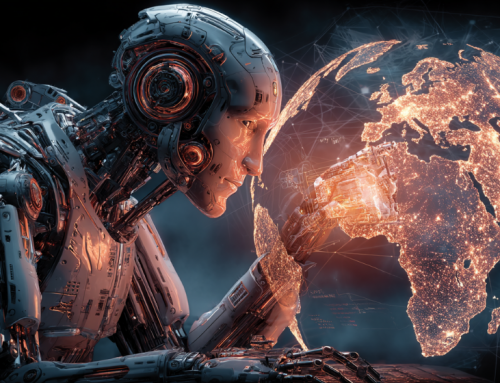
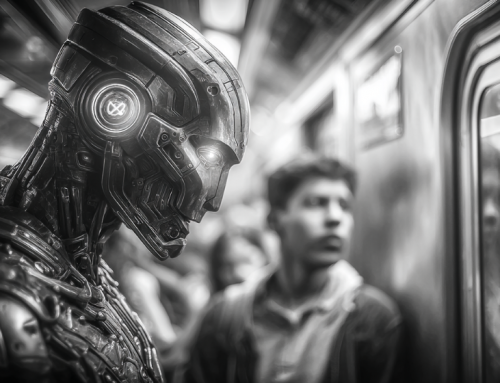
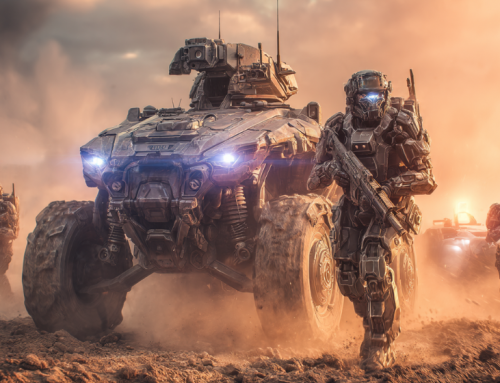
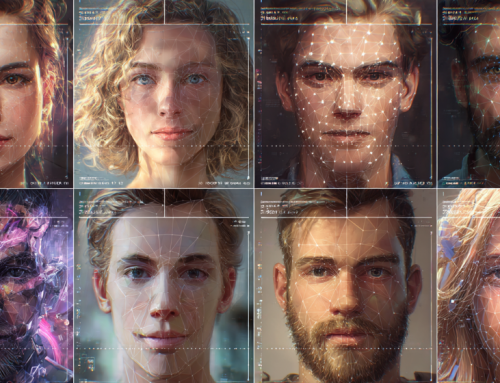
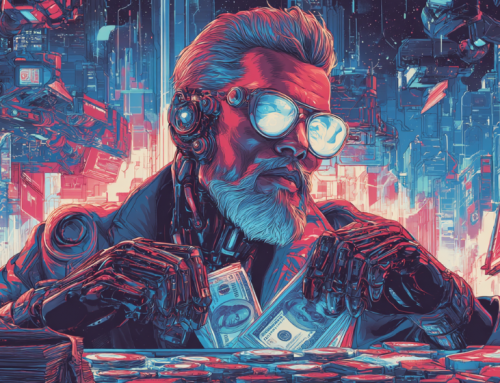

Leave A Comment